1
HOME > Cars >
THESE 8 TIPS CAN HELP IMPROVE YOUR CAR'S AUDIO QUALITY
Written by Menswear Style in Cars on the 27th May 2021
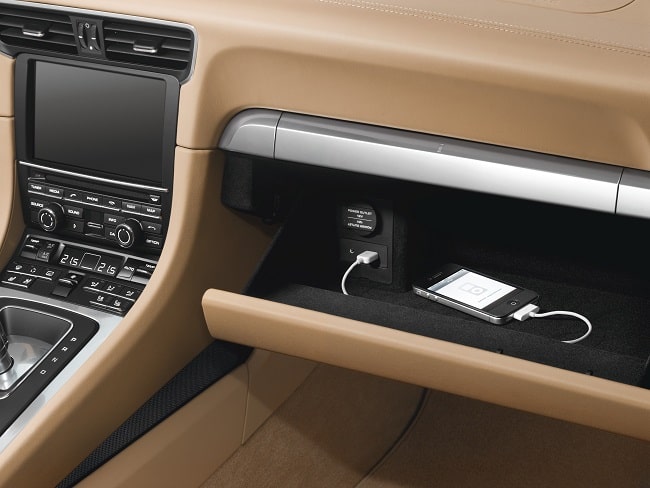
Many of us enjoy listening to music when we drive. It can make being stuck in traffic bearable and is often a great mood lifter, which is an ideal way to begin unwinding after a long or stressful day. When someone decides to upgrade or improve their car’s audio system, it will be because they want to improve the quality of the sound in their car. This involves more than getting new speakers and could also include what you’re playing your music from. If improving the sound quality of your car’s audio is on your list of things to do, read on, as we have 8 tips that will help you along your way.
Replace Your Speakers
The first thing you must do is change the factory speakers that came with your car. This is because they’re usually factory grade that will be of a lower quality than what you can invest in for your vehicle. Doing this will provide you with a much better sound quality, in volume and clarity. If you’re able to find speakers that are the same size, shape and type as the factory made ones, you may be able to just plug-and-play your new ones, which will save a lot of time. Obviously, you won’t know how good the sound is until you’ve got your new speakers installed. But it’s advisable not to invest in anything until you’ve done this and know how your speakers perform on the road.
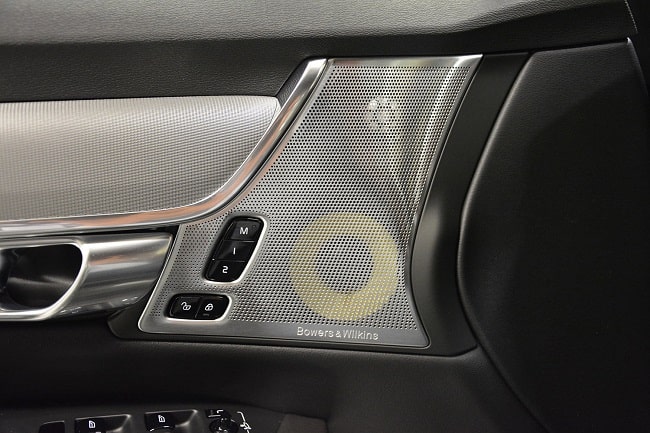
Improve Your Receiver
So, you’ve got good quality sound coming from your speakers, now you need to make sure that they're receiving the same quality of sound from your device. If you’re using your phone to play music via your car's system, we’d suggest avoiding your phone’s digital to analogue converter (DAC). This is because, just like your speakers, it’s factory grade. To get clearer sound quality, use a USB cable from your phone to your car’s system because it will ignore the DAC. If you can’t do this and need to use a DAC, usually the better the quality, the better the sound.
Play High Quality Music Files
Generally speaking, the higher the compression of music files means the smaller the file. This is great for storage, but not so great for listening to. The files are compressed because they have stored less information from the music file. However, when they’re played the sound from them can be tinny and distorted. We’d suggest you do the following to get good sound quality from your music files:
- Attempt to always use the least-compressed option of storing music so that your files will sound as close to the original quality as possible. With the most compressed files, you will notice the quality almost immediately.
- Avoid using the default setting to create a music file. A high resolution ultimately means better sound quality.
- If possible, when streaming music or podcasts, opt for ones that stream in high resolution. Explore the app's settings and see if you can adjust them to your preference.
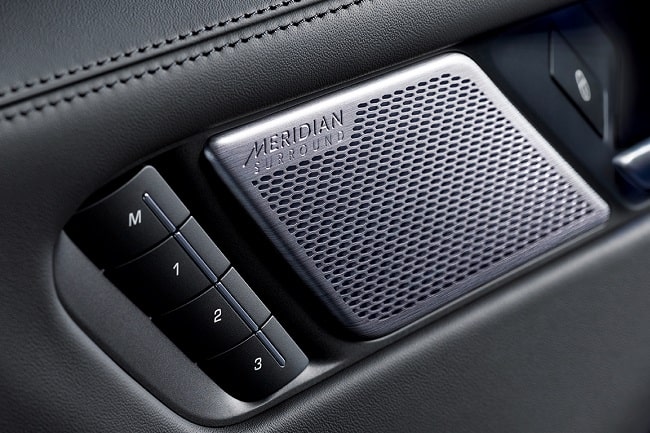
Use Your Best Connection
If you’re using your phone to play music in your car, even if you have high resolution music files, how you connect it to play music can also affect sound quality. Quality is compromised by using Bluetooth to connect your phone to your system or even if you’re using a cable to connect your phone to it. Bluetooth further compresses the music files that have already been compressed and comprises the sound quality of your music files even more. The cables plug an audio sound meant for headphones into your car’s music system and therefore won’t benefit from the DAC.
Invest in an Amp
To enhance your car’s sound system further, consider investing in an amp. The one you buy will perform better than the one supplied when you purchased your vehicle, especially if you opt for a two channel amplifier. We suggest a two channel amp because one channel will be dedicated to your speakers whilst the other will focus on your subwoofer. A woofer needs its own channel because it takes a lot of juice to work properly. Sharing one amp between the woofer and speakers compromises their ability to produce quality sound. Also, remember that you don’t need to turn the amp gain full max because it can produce a lot of distortion. Usually turning up the receiver’s volume control 3/4s of the way up, and then increasing the amp gain until you hear distortion, at which point you turn it down a bit, will get you to the ideal level for your amp gain.
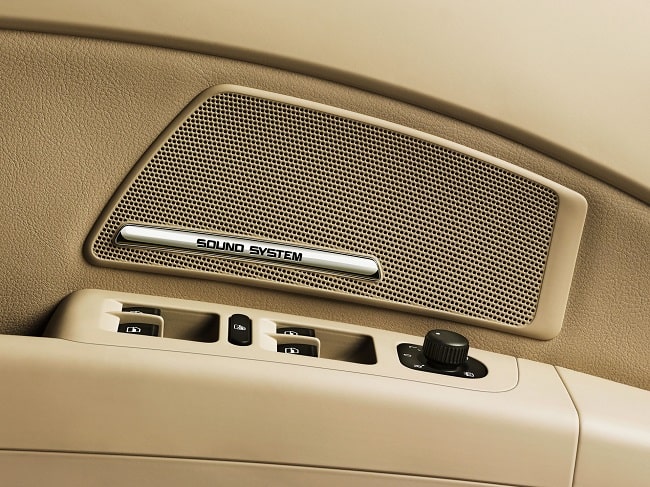
Take it Easy on the Tone Controls
Just like with your amp gain, don’t be tempted to crank the tone controls to max levels because the faster you drive, the more distortion this will create. If you’re boosting a heavy bottomed frequency, it can put unnecessary pressure on your new components. When this happens, you’re more than likely to burn them out sooner than expected. It may be a good idea to pre-set some programs into your receiver, if you’re able to, especially if you know what kind of road you’re going to be driving on. For instance, road noise at high speeds is tough on lower frequencies, so you’ll want to overcome that. Tweaking whilst driving will mean you're distracted on the road and that’s no good, so perhaps consider doing those preset programs before you set off.
Get a ‘Woofer
If you like bass, then getting a good subwoofer, or woofer, is going to be a key purchase. A good one will not only save your speakers from general wear and tear, but also produce those low sounds your ears crave. There are many available, so before you go out to buy one, it’s a good idea to compare subwoofer brands - this doesn’t mean making your neighbours windows rattle each time you drive by, but just adjusting the quality of sound until it’s literally music to your ears. If you choose to do this, then install a capacitor close to your amp, as a buffer between it and your battery, to store power for those deep bass lines. Good quality cables are also a good investment to eliminate noise from your vehicle. Overall, subwoofers really help you get that full-range audio quality in your car. However, some subs are pretty big and you might think you can't fit them in a smaller car. In that case, you can install a shallow mount sub for better sound even if you've got limited space. Problem solved!
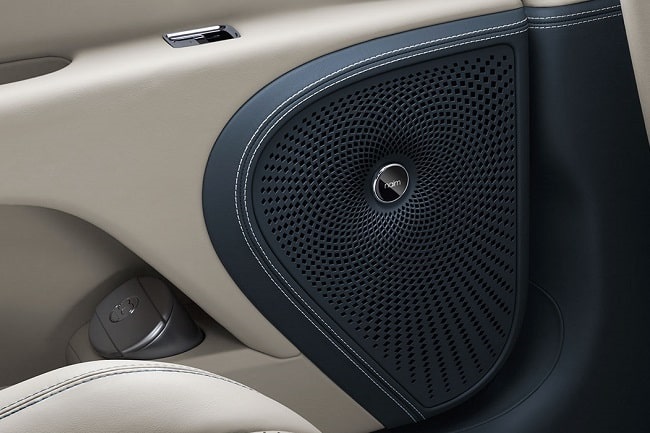
Install Sound Dampening Materials
These are important because without them and without them being correctly positioned in your car, road noise will be heard above your music and destroy the sound quality you’ve been striving to get. However, you can get around this by strategically placing sound dampening materials inside your car’s interior. This could include insulation sheets or spray foams inside hollow spaces, like your car door, to block out much of the road noise. The beauty of doing this is even if you don’t feel like listening to music, you’ll appreciate the relative silence whilst driving that sound dampening materials will provide you.
There’s nothing more aggravating than listening to music that sounds like it’s coming out of speakers made of tin cans or is fuzzy because of distortion. When you invest in a sound system for your car, it’s an investment for you and your passengers. The sound quality produced will be crystal clear if you invest in the right equipment and use it sensibly. It’s always best to get a professional to sort out your car’s audio system because they’ll know what to do safely, so that you’ll enjoy what you’re listening to each time you're using your vehicle.
Trending
2
3
4
5
6
7
8
9
10









